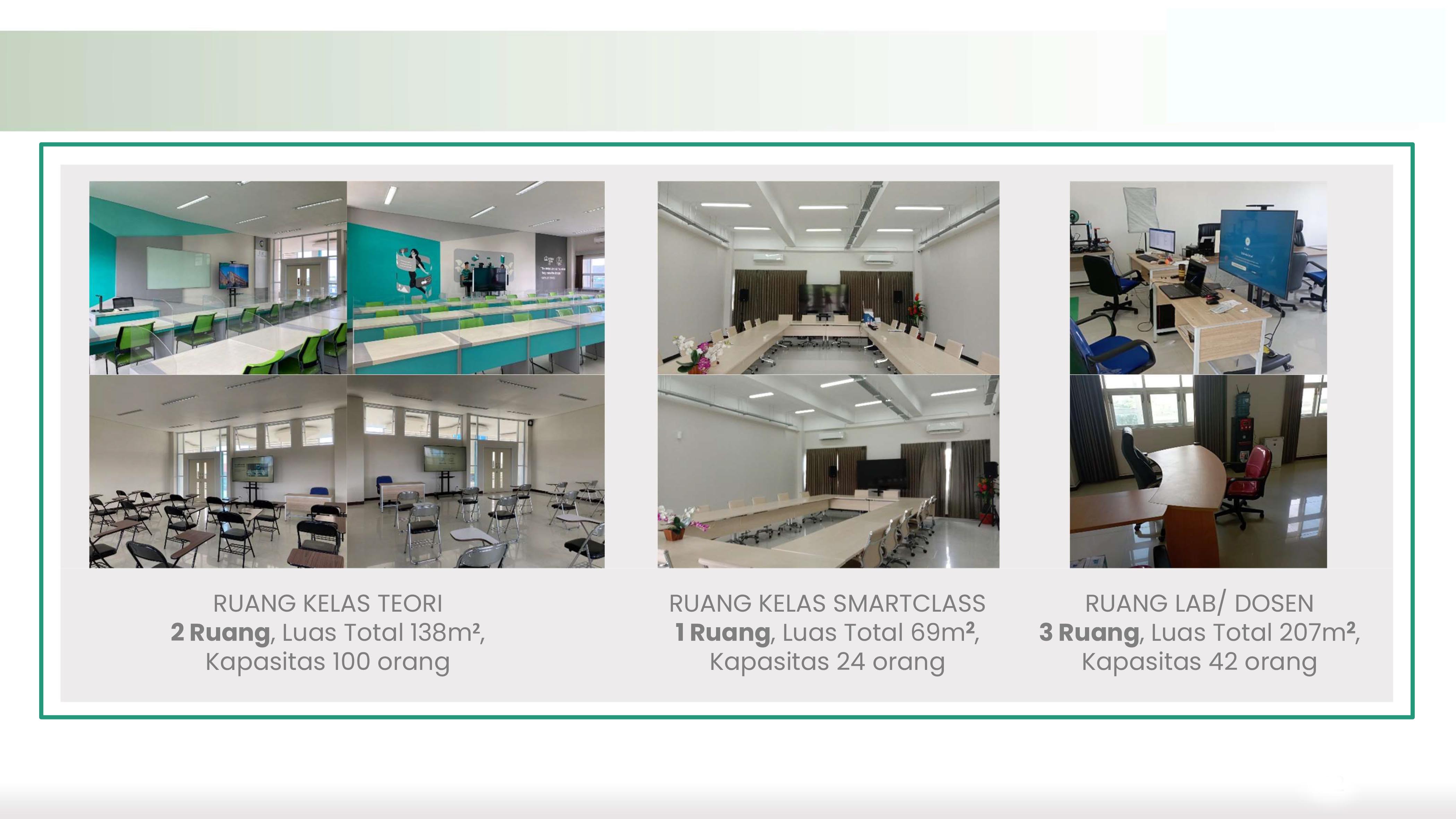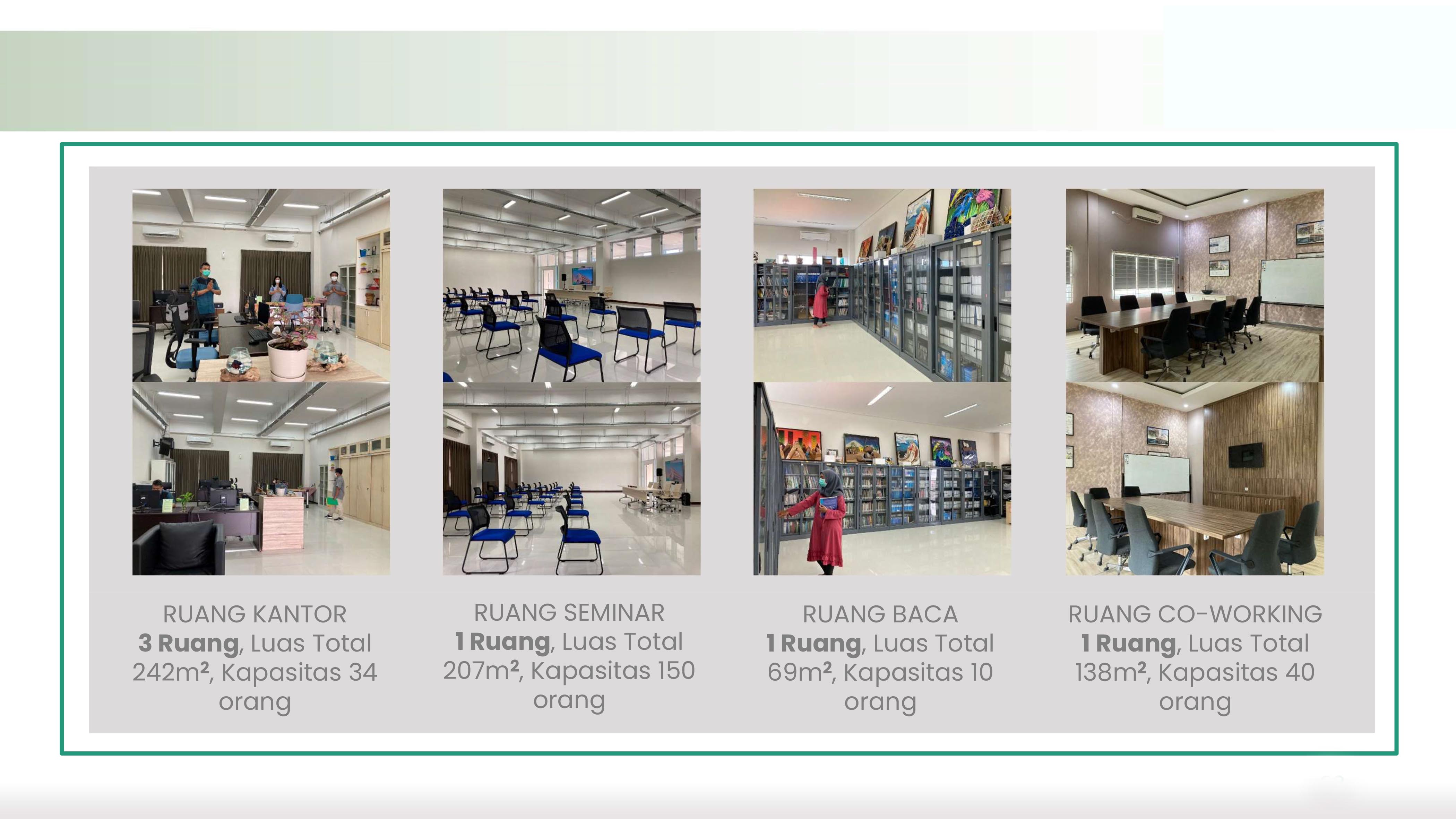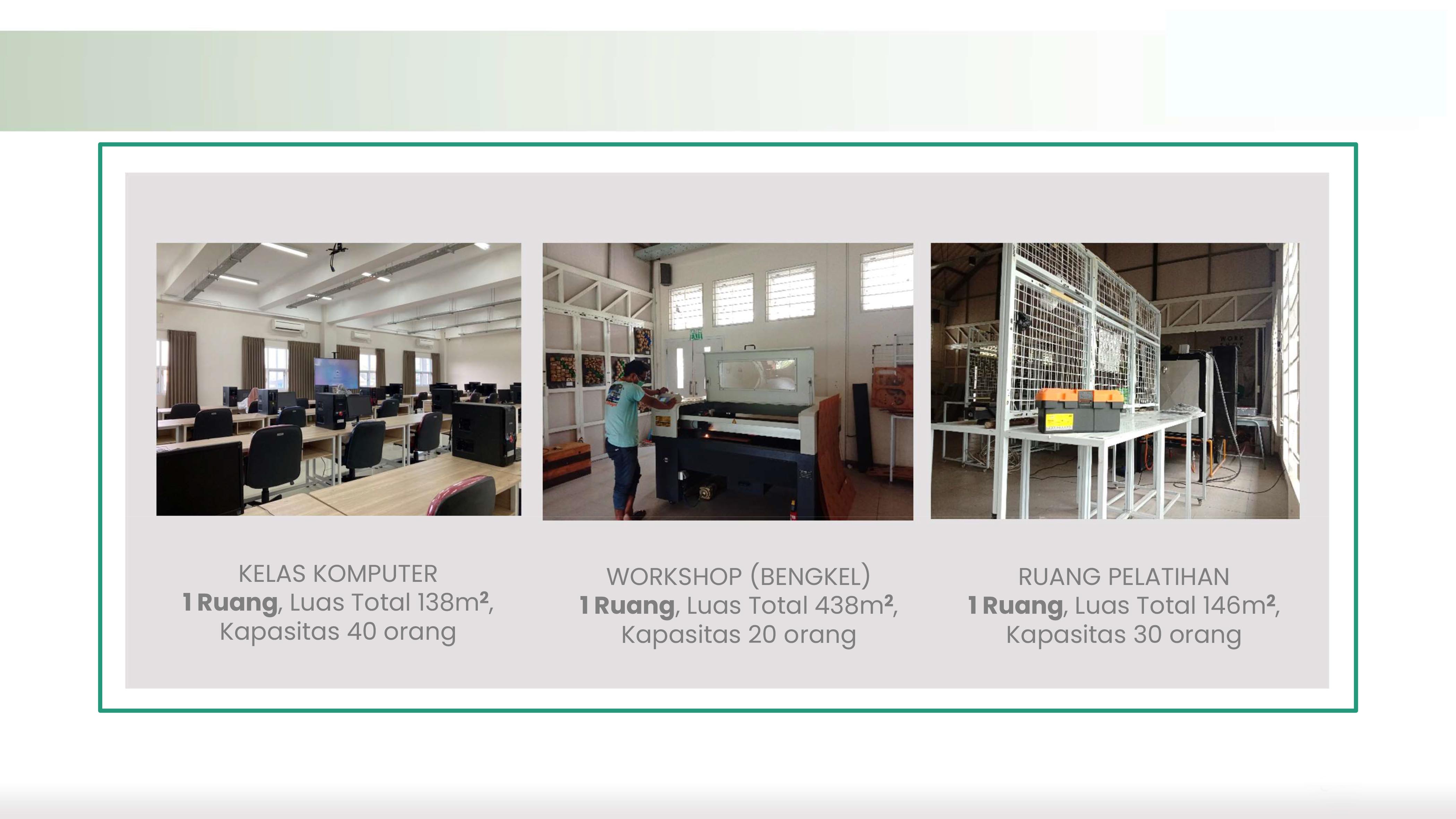- Interior Innovation, Interior UX, and Design Management
- Metaspace, VR & AR Development for Interior Design
- Interior Design Science and Technology
- Psychology of Interior Design and Human Factors
- Socio-Cultural and Aesthetics
Masters Program
The Background for the Establishment of the Master's Degree in Interior Design
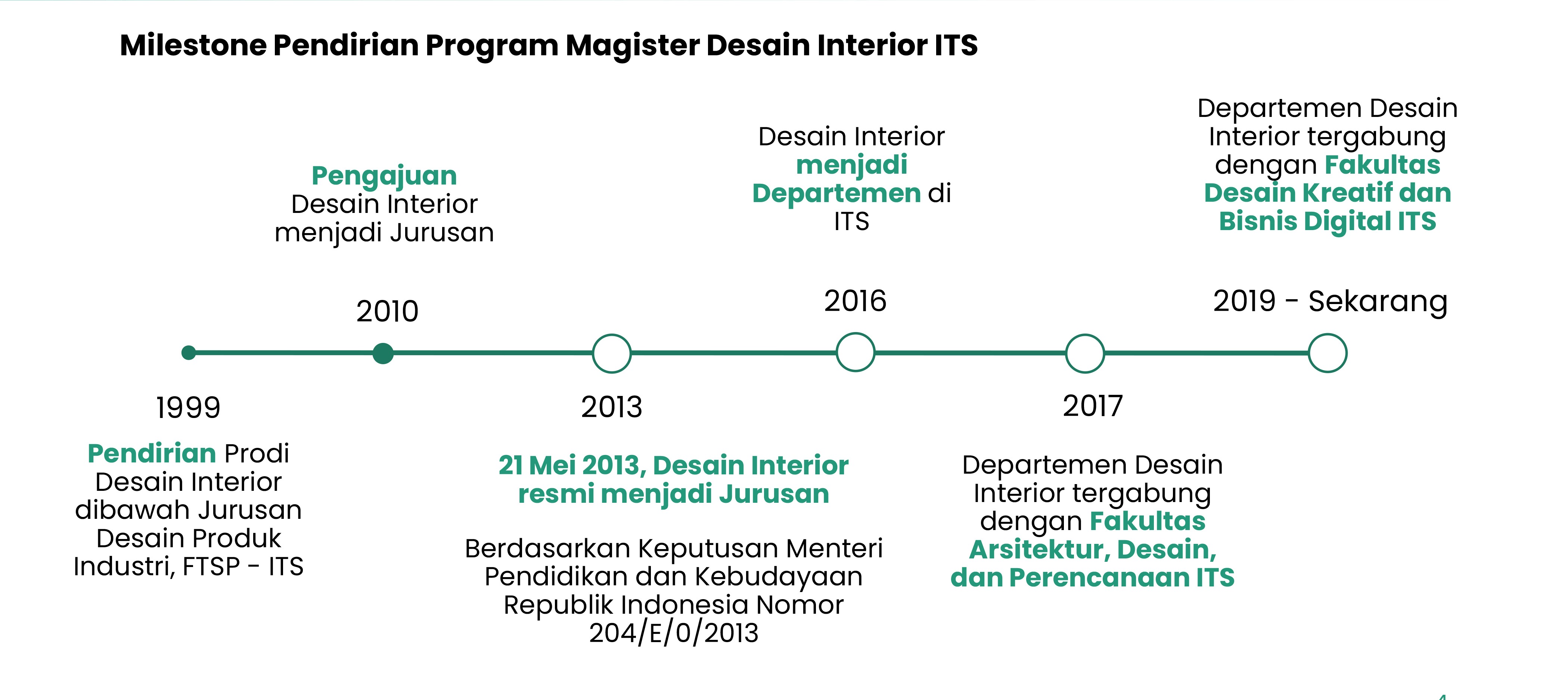
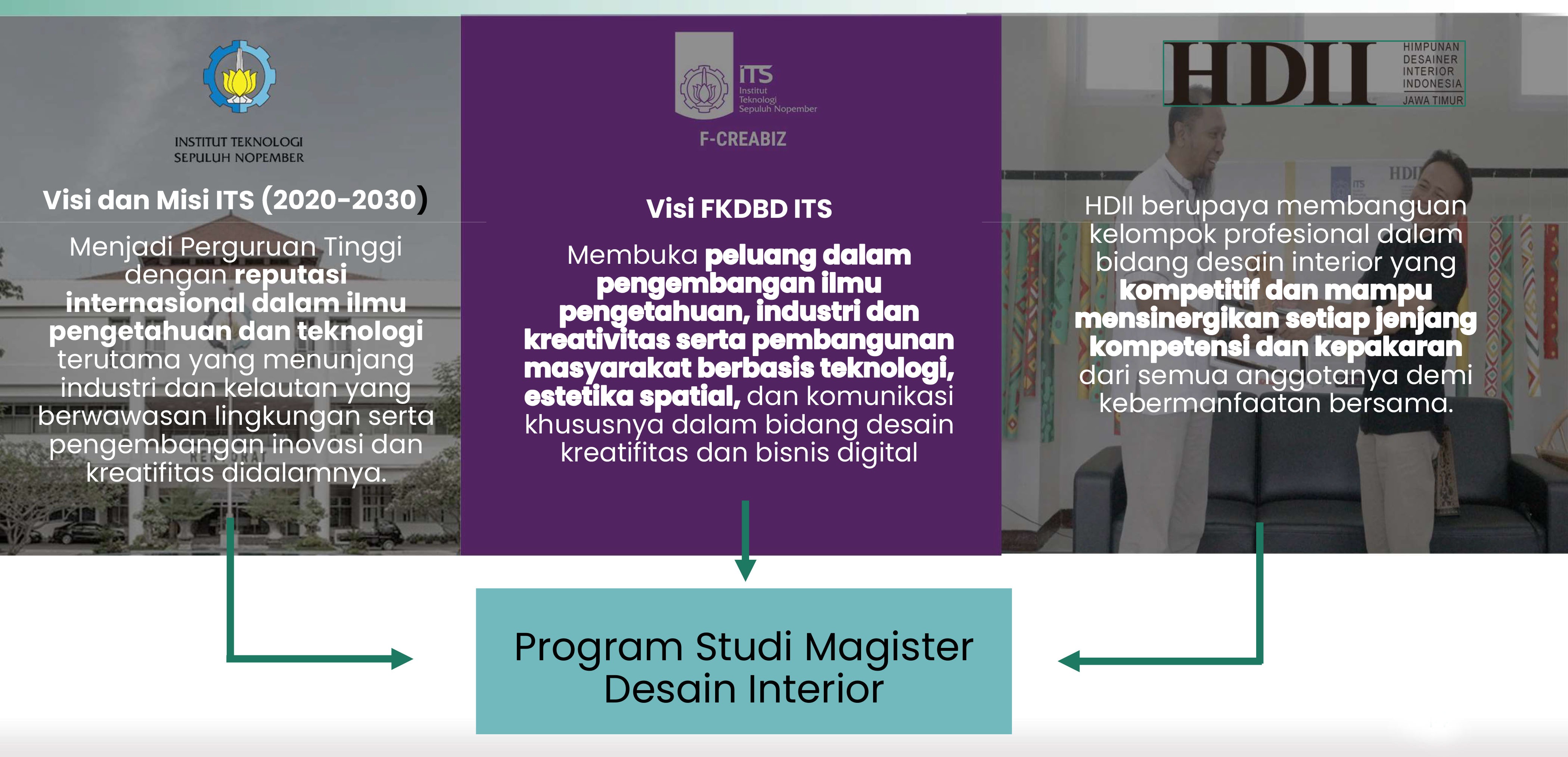
Vision and Mission of the Master's Degree (S2) Program in Interior Design
VISION:
Being an educational facility that is able to open opportunities to enrich creativity in community development, especially in the field of design and digital business based on entrepreneurial, information technology, and support industrial and marine progressivity.
MISSION:
- To be at the forefront of the development of interior design and creative business based on technology and entrepreneurial, especially in the industrial and marine sectors
- Significantly contribute to the development of ITS to become a pioneer and productive campus in the field of science, especially interior design and digital and entrepreneurial creative business
- Organizing international standardized higher education in the development of science and technology in the fields of behavior, science, and interior design aesthetics
- Carrying out continuous research and technological innovation in the behavioral, scientific, and aesthetic fields of interior design
- Make a real contribution to society, industry, and government through technological innovation in the fields of behavior, science, and aesthetics in the field of interior design.
- Manage faculties effectively and efficiently to support the implementation of the Tri Dharma of higher education
- Support supplies and demands of the graduates by increasing collaboration with industry, government, and society at national and international levels
- Strengthen international cooperation and networks in the fields of education, research and development of innovative products at international standards
Strength, Weakness, Opportunity and Threat
STRENGTH
- Teaching staff from leading higher education graduates in Indonesia & internationally
- HR Has a lot of practical experience in research, teaching, and community service at home and abroad.
- There are many research and abmas results which are widely implemented both at home and abroad
- Publications in the field of interior design, especially in reputable international journals, Scopus, Web of Science, and others
- Intensive Tridarma (Teaching, Research and Service) activities in the field of Interior Design
- Many cooperation partners ranging from PT, PTLN, Government and Private Agencies
WEAKNESS
- Facilities and infrastructure for new study programs need time to adjust
- Limited number of workshops for the development of the Interior Design field focus
OPPORTUNITY
- The establishment of the ITS Interior Design Master’s Degree has become the pioneer of interior design master’s education in Indonesia
- According to the ITS–PTNBH Strategic Plan 2015-2020 strategic areas: Creative Industries, one of which is the field of interior design
- In the ‘Design Project’ guidebook, the Ministry of Tourism and Creative Economy (2020) it is stated that the designer’s abilities include: Analytical ability, aesthetics, collaborative ability, information and communication technology, awareness of the law, awareness of the nature of being a human being, and reliability of innovation. and creativity
- Supporting ITS vision and mission for international reputation both in the fields of research, innovation, creativity, and scientific publications
- In accordance with the development of the creative industry which is increasingly dynamic and growing, which requires many experts in interior design, economics, materials, management, marketing, and construction.
THREAT
- The quality of creative production from abroad that has advanced will be able to trigger the scientific development of Interior Design in Indonesia.
Curriculum
The preparation of the curriculum in the Master of Interior Design program refers to
- UUPT (UU DIKTI) NO. 12/2012
- KKNI Perpres no. 8.2012
- RENSTRA KEMENRISTEKDIKTI Permenristekdikti No. 13/2015
- Permendikbud No.3/2020 19
Learning Outcomes (CPL)
CPL 1 :Able to show attitudes and characteristics that reflect: piety to God Almighty, virtuous character, sensitivity, and concern about social and environmental problems, respecting cultural differences and pluralism, upholding law enforcement, prioritizing the matter of the nation and community, through innovation, creativity, and other potentials.
CPL2 :Able to develop and solve science and technology problems in their field of study through research with an inter or multidisciplinary approach to provide innovative and credible work, and receive national and international recognition.
CPL 3 : Able to manage their self-directed study, and develop themselves as personal lifelong learners to compete at national and international levels, in order to make a real contribution to solving problems by taking into account the principle of sustainability.
CPL 4 : Able to develop logical, critical, systematic, and creative thinking through scientific thinking, creation of designs or works of art in the field of science and technology that pays attention to and applies humanities values according to the field of interior design expertise, compiles scientific conceptions and study results based on rules, procedures, and scientific ethics in the form of a thesis or other equivalent form, and uploaded on the university website, as well as papers that have been published in accredited scientific journals or accepted in international journals.
CPL 5 : Able to carry out academic validation or studies according to their field of expertise in solving problems in the community or relevant industries through the development of knowledge and expertise in the field of interior design.
CPL 6 :Able to organize ideas, thoughts, and scientific arguments responsibly and based on academic ethics and communicate them through the media to the academic community and the broader community.
CPL 7 : Able to identify the scientific field that is the object of his research and position it in a research map development through an interdisciplinary or multidisciplinary approach.
CPL 8 : Able to make decisions in the context of problem solving with the development of science and technology that pays attention to and applies humanities values based on analytical or experimental studies of information and data.
CPL 9 : Able to manage, develop and maintain networks with colleagues, peers within the institution and the broader research community.
CPL 10 : Able to increase learning capacity independently.
CPL 11 : Able to document, store, secure, and rediscover research data in order to ensure the validity and prevent plagiarism.
CPL 12 : Able to implement the principle of sustainability in theory advancement in the field of interior design.
CPL 13 : Able to implement information and communication technology in the context of carrying out their work.
Subject
The Master Program in Interior Design ITS is composed of compulsory and elective course with a total of 36 credits that delivered in two years divided into four semesters.
- 11 compulsory courses with a total of 26 credits
- 1 elective course with a total of 2 credits
- thesis of 8 credits
Lecturer
Facility
